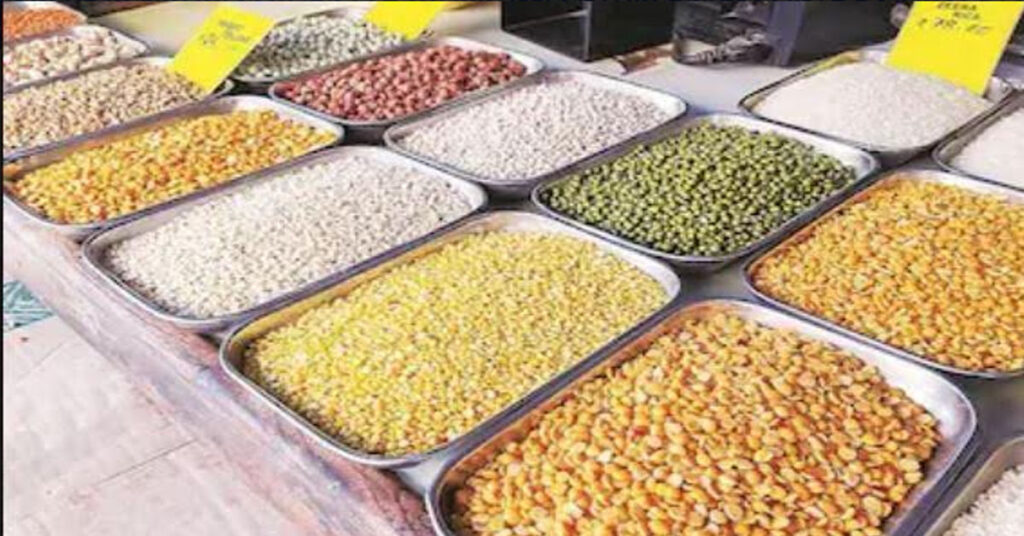
Several key factors have contributed to this surge, making it a critical issue for both policymakers and consumers.
In recent years, India’s dal (pulse) imports have hit a seven-year high, a phenomenon driven by a combination of unfavorable domestic conditions and evolving consumer preferences. Several key factors have contributed to this surge, making it a critical issue for both policymakers and consumers.
Firstly, adverse weather conditions have significantly impacted domestic pulse production. Erratic rainfall patterns, prolonged droughts, and unexpected floods have damaged crops, resulting in reduced yields. When local production fails to meet the growing demand, the country has no option but to turn to international markets to bridge the gap.
Secondly, increasing urbanization and changing dietary habits are contributing to higher pulse consumption. Pulses, rich in protein and other essential nutrients, are increasingly becoming a staple in the urban diet, especially among health-conscious consumers. This rising demand puts additional pressure on an already strained supply chain, thereby necessitating greater imports.
Additionally, policy decisions and international trade dynamics have played a role in amplifying import volumes. The Indian government, to counteract inflation and ensure price stability, has at times reduced import tariffs on pulses. Such moves make imported pulses more economically viable, leading to a spike in import quantities.
Global pulse production has also witnessed fluctuations due to climate change, pest infestations, and geopolitical tensions. These factors impact international supply and pricing, which in turn influences India’s import decisions.
Moreover, India’s efforts to maintain buffer stocks for food security purposes further increase the import volumes. In situations where local procurement falls short, the government supplements stocks with imports to avoid scarcity.
While these measures ensure pulse availability and price stability in the short term, they also highlight the need for long-term strategies. Investment in agricultural infrastructure, research on climate-resilient crop varieties, and sustainable farming practices are imperative to boost domestic pulse production and reduce dependency on imports.
In conclusion, the surge in India’s dal imports is a multifaceted issue rooted in domestic agricultural challenges, evolving dietary trends, and international trade dynamics. Addressing this requires a balanced approach, combining immediate corrective measures with long-term agricultural reforms.
